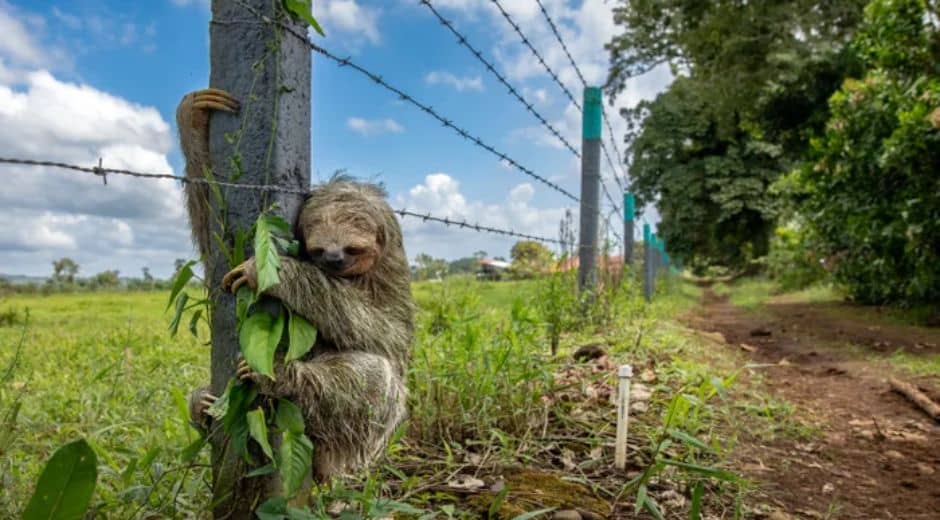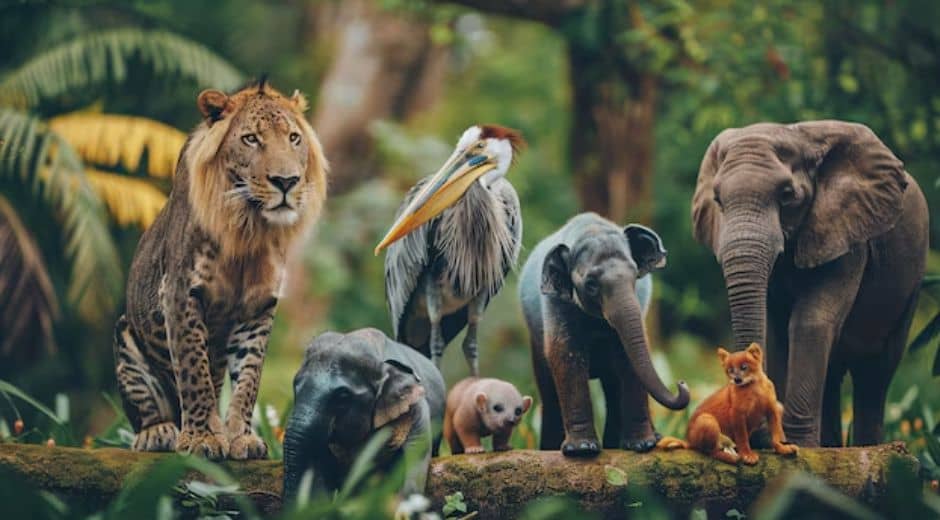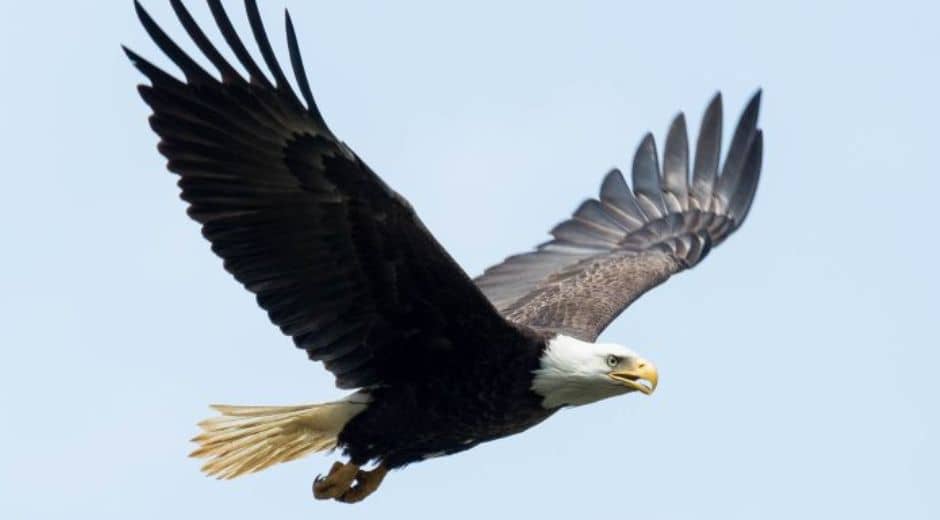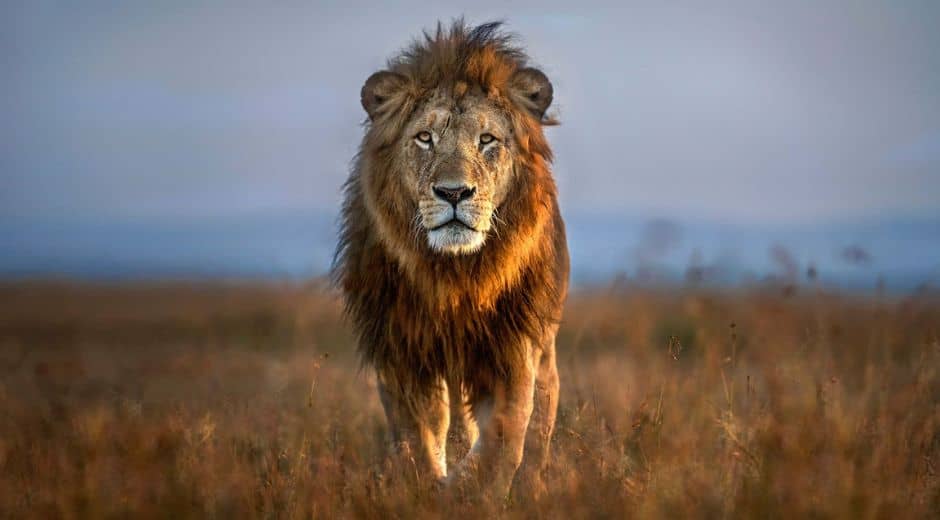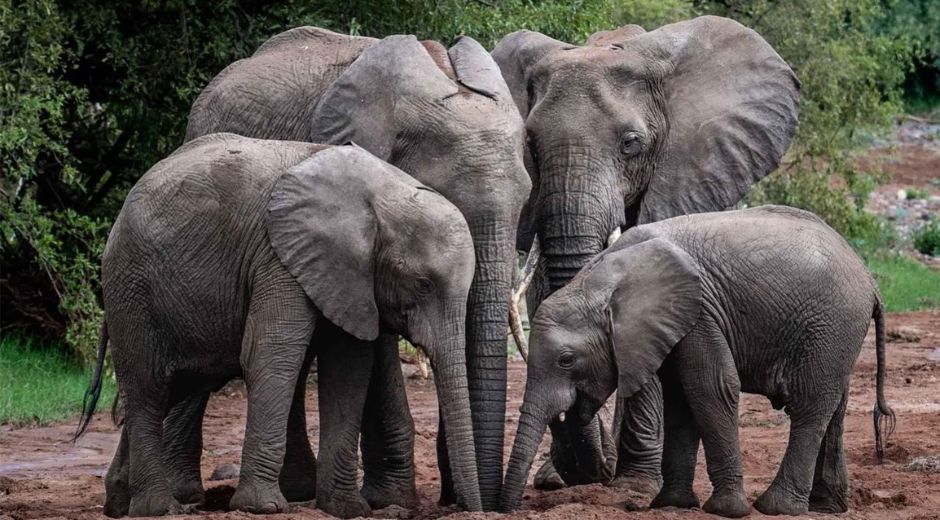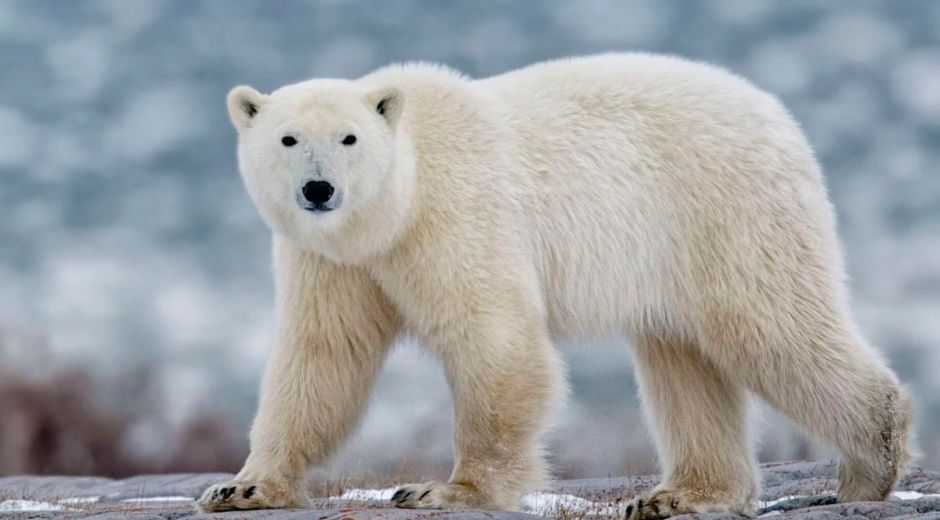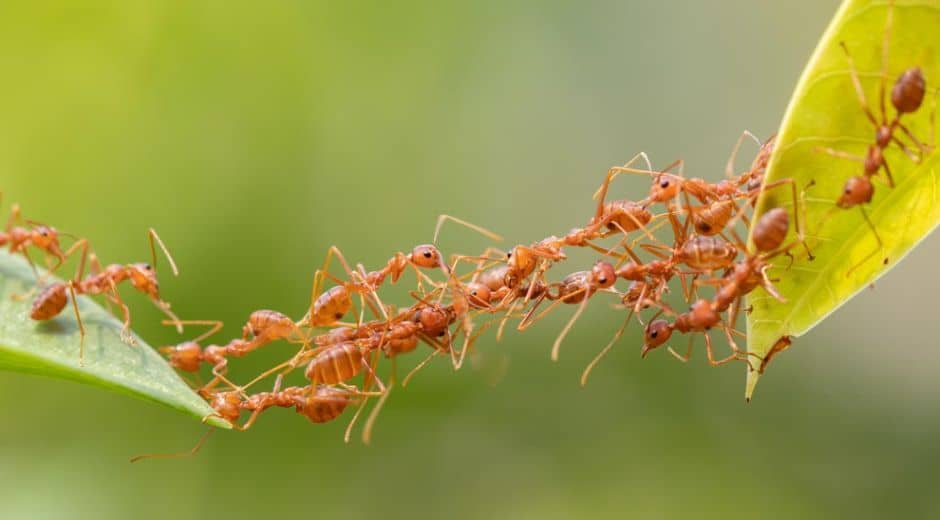Disappearing Wildlife: 6 Painful Truths About It
Disappearing Wildlife: 6 Painful Truths About It
There are silences in nature that once were filled with song. The distant call of a whale, the rustle of a tiger through the forest, the soft wingbeat of a bird now gone. Disappearing wildlife is not just a tragedy of extinction — it is a slow unraveling of life’s harmony. Each lost creature takes with it a thread from the world’s living fabric, leaving behind an emptier melody.
We often speak of progress as if it were endless, but progress without balance breeds loss. These six painful truths reveal what is vanishing — and what might still be saved if we listen to the Earth before the silence deepens.
1. Silence Is Spreading Faster Than Sound
Forests once echoed with howls, chirps, and songs — but today, the air grows quiet. Scientists now record the sounds of disappearing wildlife to measure what we’ve lost. This silence is not poetic; it’s proof of decline. Every missing voice is an ecosystem gasping for breath.
Where there was once diversity, there’s now absence. The Amazon hums a little softer. The African plains echo with fewer roars. Silence is spreading, and it speaks louder than words.
2. The Shadow of Human Expansion
As cities stretch and forests fall, the homes of countless species vanish under concrete and steel. Disappearing wildlife is the price of unchecked expansion — a silent toll hidden behind progress.
It’s easy to forget that every new road, every field cleared for farming, pushes life a little further to the edge. Jaguars lose their jungle. Elephants lose their routes. Birds lose their skies. The map of the wild is shrinking, replaced by ours.
3. The Ocean’s Cry for Mercy
Beneath the blue, another world is breaking. Coral reefs bleach under warming seas, fish disappear from overfishing, and sea turtles battle plastic as if it were their final predator. Disappearing wildlife isn’t just happening on land — it’s drifting through the waves.
The ocean, once a cradle of abundance, now trembles with scarcity. When marine life fades, so does the rhythm that sustains our planet’s climate and food chain. The water remembers, even when we forget.
4. The Cost of Convenience
The modern world runs on comfort — and comfort costs life. The price of palm oil, fast fashion, and disposable goods is paid in rainforests, habitats, and extinction. Disappearing wildlife often hides behind supermarket shelves and online carts.
Every product has a story — and too many of them end in destruction. To live ethically is to ask: What vanished so I could have this? Awareness isn’t guilt — it’s the first act of restoration.
5. The Fragility of Hope
Amid the grief, there are sparks of resilience. Conservationists, scientists, and ordinary people refuse to surrender. Yet, disappearing wildlife reminds us that time is not on our side. Species recover slowly; industries destroy quickly.
Hope alone won’t heal the wounds — action will. Each sanctuary built, each law enforced, each voice raised for the voiceless adds weight to the side of survival. Humanity broke the balance, but it can also restore it.
If you’re curious to explore mindful fashion choices and discover designers who blend sustainability with creativity, visit StyleRadarPoint — a hub where conscious style meets purpose.
Mend what tears. Donate what you no longer wear. Swap with friends. Clothing should be a story of self-expression, not self-destruction. Every thoughtful outfit becomes a quiet statement — one that whispers, “I care.”
6. The Mirror of Our Future
To watch disappearing wildlife is to watch ourselves fade. The collapse of species isn’t just an environmental issue — it’s a reflection of human disconnection. When animals vanish, so do the forests that purify our air, the insects that pollinate our food, and the waters that sustain us.
Every extinction echoes a warning: nature does not forget neglect. Protecting disappearing wildlife is not charity — it’s self-preservation. The fate of the wild and the fate of humanity are the same thread, fraying together.
Plant a tree, even if it’s just a small one. Watch how it bends to the wind, yet stands strong. That’s the essence of Earthwise living — resilience rooted in respect.
Conclusion: The Choice That Still Remains
We live in a moment suspended between loss and redemption. The story of disappearing wildlife is not yet finished — its ending depends on us. Every action, no matter how small, is a vote for the kind of planet we want to leave behind.
If this truth feels heavy, let it move you. Let it shape your habits, guide your choices, and rekindle your empathy. Because when one species survives, the Earth breathes easier — and so do we.
To continue exploring ways you can make a real difference for our planet, read 5 Smart Choices to Keep Earth Alive — a reminder that hope grows from the roots of responsibility.
Nature Inspires Every Step
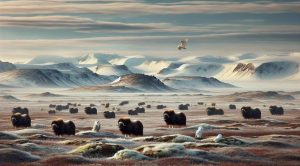
How Tundra Wildlife Survives Extreme Arctic Conditions
How Tundra Wildlife Survives Extreme Arctic Conditions

Life Above the Trees: Exploring the Rainforest Canopy
Life Above the Trees: Exploring the Rainforest Canopy
